Why Should I Look For Pearl Nacre?

Nacre opens multiple dimensions of shine while creating a beautiful pearl and improving the quality.
It is a robust and semi-transparent layer formed by oysters that becomes the core of pearls and shows sharp reflective luster.
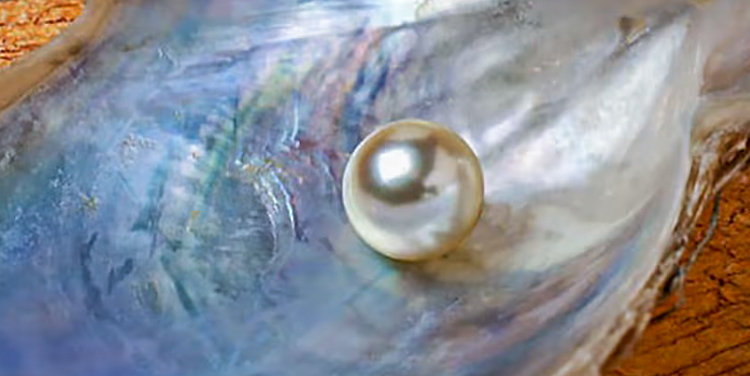
In addition, thick and compact nacre layers offer a magical light reflection and create a solid, long-lasting pearl.
But the nacre layering process on different pearls varies in color, hues, and sharpness.
Compacted nacre layers create a glossy shine, whereas loose layers possess a satiny luster.
Want to know more about pearl nacre?
Please go through our detailed guide to understand the process of nacre layering and its impacts on color and hue formation.
Does Nacre Affect The Pearl Quality?

Nacre produces a desirable luster and makes pearls durable, which impacts the overall quality.
Even the nacre layers emit different colors and hues that associate richness and rarity.
Now, thicker layers of the nacre reflect the shine, making pearls round and large.
On the contrary, the thin nacre makes the pearl dull, chalky, and fragile.
On top of that, the nacre's layers smooth the shell's exterior part and protect the soft tissues from parasites.
Besides, thick nacre works like an inner shell layer, making the pearl more resilient.
Whether it's a necklace, bracelet, or pendant, the pearl jewelry piece lasts longer if the nacre thickness is over 0.4mm.
How Does Nacre Create Luster In Pearls?
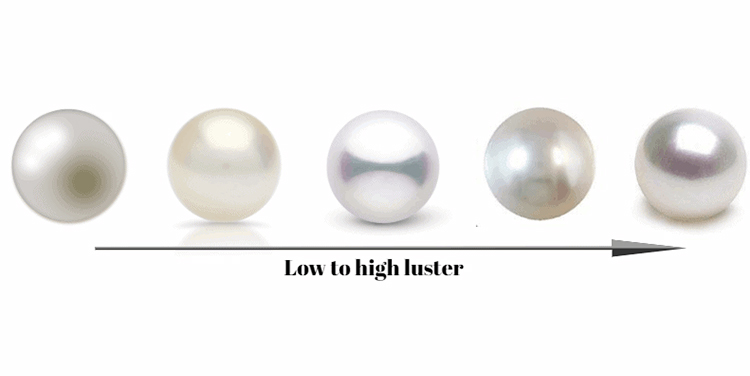
Different formation processes of nacre layers show luster, colors, and shine variations in pearls. Let's dig into various types in detail.
Cultured Akoya Pearls
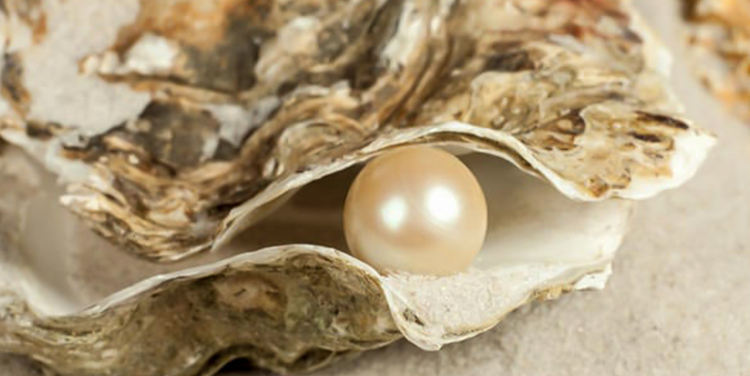
Regarding the luster, Cultured Akoya pearl has tight and compacted layers of nacre that lead to ball-bearing glitter with a glossy shine.
Even the pearl's thinnest nacre with closed crystal layers offers a trademark metallic shine.
During the nacre secretion, the cool water temperature reduces the secretion rate in the oyster.
As a result, these nacres become compact and denser around the bead nucleus.
Based on Mastoloni, the cold water creates a fine-quality pearl coating, which improves the overall shine.
Due to the intricate and superior reflective quality, the luster of Akoya pearl is the brightest among all cultured pearls.
Cultured Tahitian Pearls
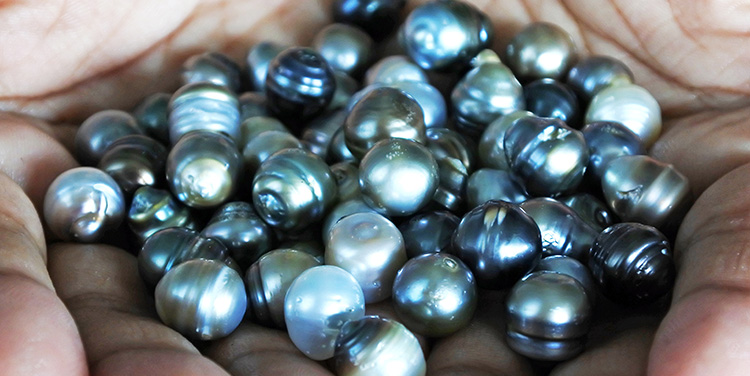
Compared to the Akoya pearls, cultured Tahitian pearls come with loose to medium compact layers of nacre that may offer slightly blurred edges.
In short, the multi-hued nacre of these pearls gives a satiny luster to create a soft metallic look.
On top of that, only younger oysters can give a little dense layer of nacre, even in tropical waters.
It happens because of the high metabolism rate, but these oysters create small-sized pearls.
So, these pearls provide a mirror-like luster with a glossy shine.
South Sea Pearls
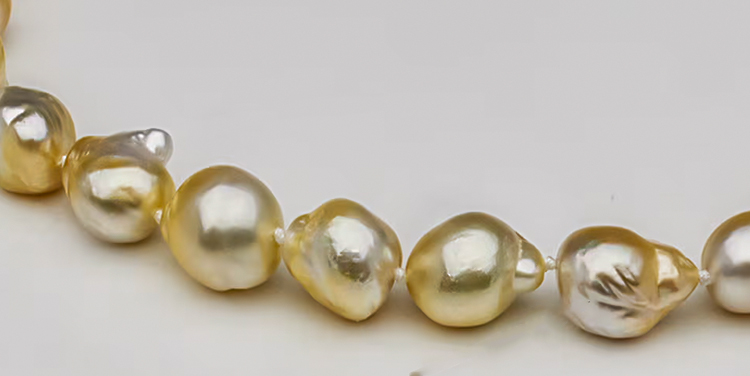
White or Silver leap oyster layers the nacre quickly in the warm and tropical waters.
As a result, the loose crystal arrangement of nacre layers leads to diffused edges and blurred reflections.
According to Asseal, the matured oyster can possess deep nacre layers, which is rare and only occurs in exalted caliber pearls.
With the high reflectivity rate, these South Sea pearls show opulent hues and an ethereal glow.
Freshwater Pearls
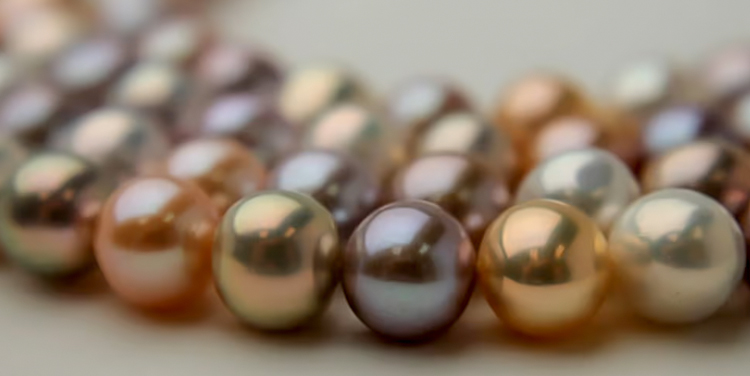
Due to the 100% solid crystalline nacre, freshwater pearls offer a soft and satiny luster.
Besides, the diffused and fuzzy surface can't reflect all the light, which may impact the shine of the pearls.
However, the Metallic Freshwater pearls can layer a compact and denser nacre around the bead nucleus.
Though these pearls can offer a glossy luster, it is extremely rare to found, maybe one in a few thousand.
Thick Nacre Vs. Thin Nacre Pearls Quality
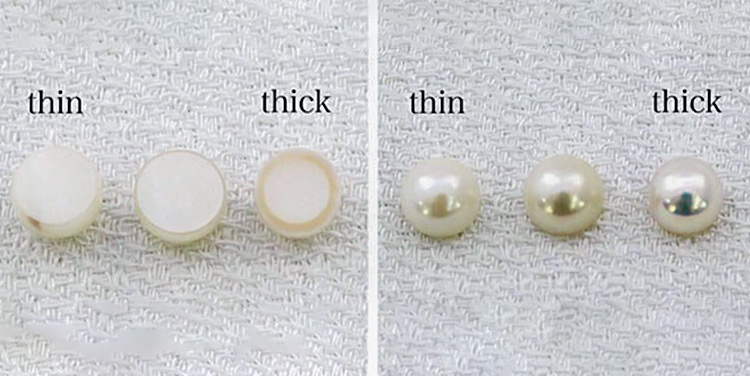
Thick nacre provides an excellent luster to the pearls, making them strong and long-lasting.
As per Pure Pearls, the range of the nacre thickness changes the pearl's body color and overtone.
When the nacre stays in the nucleus longer, it becomes layered and thicker.
Even the process makes the pearl more mature and creates a solid surface coating.
Hence, thicker nacre layers prevent the peeling or cracking of the pearl.
Moreover, the nacre's thickness helps lights go through the various layers and align properly to reflect.
As a result, these pearls provide a colorful effect and a magical reflection of light.
On the other hand, thin nacre offers blurred edges with a dull look to the pearl.
In short, thin layers of nacre are prone to cracking or chipping, impacting pearls' durability.
Further, a thin layer shows irregularities in the pearl's size and shape, whereas a thicker layer makes the pearl's shape round and beautiful.
Final Thoughts
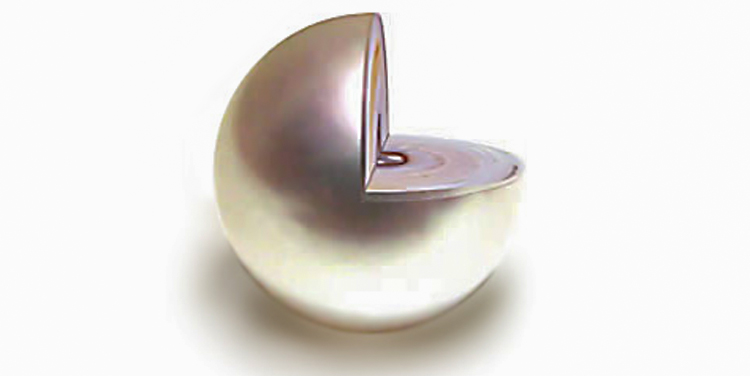
Akoya pearl's tight and compacted nacre layers lead to a glossy shine, whereas Tahitian pearls offer satiny luster due to loose nacre layers.
Only the high-caliber South Sea pearls and metallic Freshwater pearls layer a compact and denser nacre to provide the trademark metallic shine.
While picking a piece of pearl jewelry, deep nacre meets your demand for beauty and durability.
So, look for the deep and thick nacre pearl to enjoy the multi-dimensional shine for years.


Leave a Comment